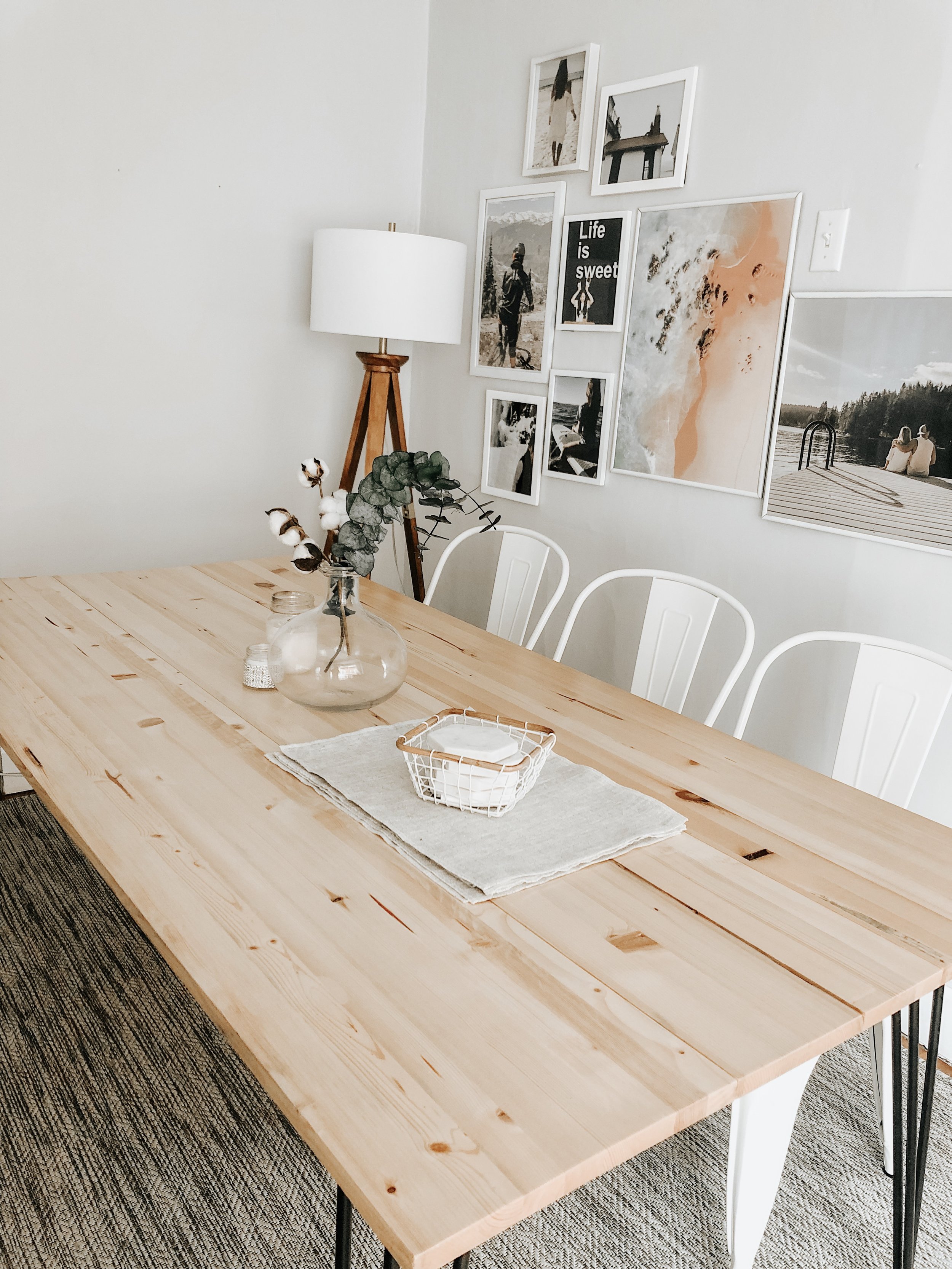Why Dining Room Table Legs Are Crucial for Your Table’s Stability
Why Dining Room Table Legs Are Crucial for Your Table’s Stability
Blog Article
From Conventional to Modern: Find the Suitable Dining-room Table Legs for Your Style
While classic styles such as cabriole and transformed legs stimulate a sense of ageless refinement, contemporary styles like hairpin and geometric alternatives offer an opportunity for striking aesthetic passion. As you consider these elements, the concern stays: just how can you seamlessly integrate these diverse leg styles to produce a harmonious dining experience?
Recognizing Table Leg Styles
The selection of eating area table leg designs can dramatically affect both the aesthetics and functionality of the space. Each leg design adds one-of-a-kind functional functions and visual aspects, dealing with diverse layout choices and use demands. Understanding these styles is crucial for picking the appropriate eating table that lines up with your overall interior decoration vision.
For circumstances, tapered legs provide a clean, timeless look that can boost an area's style, while stand bases offer stability and take full advantage of legroom, making them optimal for smaller rooms. Barrette legs, a hallmark of mid-century modern style, introduce a commercial style, permitting a ventilated, open feeling. Trestle legs stimulate rustic appeal, giving durable support and a feeling of eternity.
Wood legs can bring warmth and structure, whereas steel alternatives typically share a sleek, contemporary vibe. Inevitably, understanding table leg styles is necessary for developing a cohesive eating area that reflects personal style while ensuring practicality and convenience.
Typical Table Leg Options
When selecting dining-room table legs, typical options typically personify classic elegance and craftsmanship. These designs show a rich heritage and a dedication to top quality, making them excellent for those who appreciate classic aesthetic appeals.
Among one of the most legendary typical leg designs is the cabriole leg, identified by its graceful curved form. This design often features decorative carvings and is most commonly found in Queen Anne and Chippendale furniture. An additional preferred alternative is the transformed leg, which boasts a series of smooth, rounded forms that give a timeless appearance while keeping security.
Moreover, the straight leg, while basic, uses a strong and unadorned structure that can mix flawlessly with a selection of tabletop designs. For those drawn to ornate detailing, claw-and-ball feet legs stimulate a feeling of magnificence and can work as a spectacular prime focus in any kind of eating area.
Lastly, stand bases, although not purely legs, offer an alternative traditional alternative that enables for sufficient legroom and can be beautifully sculpted. Each of these conventional leg styles adds to the general ambiance of a dining-room, weding function with aesthetic charm.
Modern Table Leg Layouts
Modern table leg styles offer a varied range of designs that emphasize innovative products and tidy lines. These styles often focus on functionality while serving as striking centerpieces within a dining space. Minimal aesthetic appeals prevail, with legs crafted from materials such as steel, glass, and engineered wood, which add to a airy and modern feeling.
One preferred design is the barrette leg, identified by its slender, tapered framework that provides stability without overwhelming the tabletop (dining room table legs). This style is usually discovered in mid-century contemporary furnishings and can effortlessly match numerous eating table shapes. One more pattern is using geometric shapes, where legs may handle asymmetrical or angular forms, adding aesthetic passion and a touch of artistry

Blending Styles for One-of-a-kind Rooms
Usually, home owners look for to produce distinct dining rooms that mirror their individual style by blending numerous style aspects. This approach permits for the unification of varied aesthetic appeals, leading to a harmonious yet distinct atmosphere. For instance, coupling a rustic wood table with sleek, modern steel legs can create an attractive comparison that raises the room's total charm.
Furthermore, integrating vintage table legs with modern tabletops can stimulate a sense of background while maintaining a contemporary sensibility. Such mixes not only showcase specific taste yet also urge creativity, permitting property owners to curate a room that feels both individual and inviting.
Color plays a crucial function in this mixing process; choosing table legs official statement that enhance or contrast with the existing color design can improve aesthetic interest. Whitewashed legs can soften the boldness of a dark table surface area, creating a balanced visual.
Tips for Choosing the Right Legs
Selecting the right table legs is crucial for achieving both capability and visual appeal in your dining area. Begin by considering the general design of your area. Traditional settings about his take advantage of legs that include intricate carvings or turned styles, while modern rooms might call for smooth, minimalist designs.
Following, analyze the elevation and stability of the legs. dining room table legs. Basic table vary in between 28 to 30 inches in elevation, so make certain the legs complement this measurement for comfort. Additionally, robust materials, such as hardwood or metal, can improve security and durability
Review the leg form too-- alternatives consist of right, tapered, or stand layouts. Straight legs supply a timeless appearance, while conical legs can include a touch of style. Pedestal bases give ample legroom and are ideal for smaller spaces.
Verdict
In recap, picking the optimal dining area table legs needs careful factor to consider of both modern-day and conventional designs. By balancing leg style, elevation, and material with the total decoration, a natural and inviting atmosphere can be accomplished.
The variety of eating room table leg designs can considerably affect both the looks and functionality of the room. Ultimately, recognizing table leg styles is crucial for creating a natural dining area that mirrors personal design while ensuring functionality and convenience.One of the most legendary standard leg designs is the cabriole leg, characterized by its graceful curved shape. Straight legs supply a classic appearance, while conical legs can add a touch of sophistication.In recap, selecting the suitable dining room table legs needs mindful consideration of both modern and standard designs.
Report this page